Michele Epifani
July 23, 2018
The Volunteer Center would like to thank Jerome Tennille, MSL, CVA, whom I have met through our blog partners Ben Brisbee and Kathy Wisniewski. I started working with Jerome earlier this year in March, when I was looking for someone to help me bring to light an issue that I consistently see and hear in my visits with nonprofit agency leaders. At that time, VCSJ had committed to invest time and resources through a change management process that would not be easy but it was necessary to sustain ourselves, as an organization who could continue to make positive changes in the nonprofit development space.
The issue is this: nonprofits, who are always limited by funding, do not make the investments into areas that would benefit them over the long run. They are constantly spinning wheels to get tasks done, moving staff from one job to the next or adding responsibilities to unskilled staff members — hoping they will get it eventually. The "we're a nonprofit" cry, has been excusing their inefficiencies for years and has simply become the accepted norm. I believe that they not utilizing the skills based volunteers from Corporate Partners and in their own communities, therefore, they cannot see (or understand) their Return on Volunteer Investment (ROVI).
The Service Enterprise Initiative is changing the culture in NPOs and we certainly have our work cut out for us in recruiting NPOs to take advantage of assessment tools and the coaching and training to close the gaps, to ultimately earn the certification as a value add to their (CSR) volunteer programs. This is a serious program, which is why we moved forward to become certified ourselves. It is a yearlong process, that must include participation of the executive director, staff and volunteers.
Jerome hits this one out of the park for us. He talks some hard truths about the subject of change management for nonprofits, and I am honored to present his piece on our behalf. Thank you Jerome, and looking forward to working with you again!
Seeking Volunteer Management Greatness: Being a Good Steward of Time
The gift of time is something so precious, something one never gets back. Time is a commodity that’s in finite supply; we’re not promised tomorrow. So, it’s not outlandish that one would have such high expectations of any non-profit organization that’s receiving this gift. Volunteers often expect to have a positive impact and meaningful experience, however, to give and get the best from volunteers, you must invest in the mechanism that engages them.
Sadly, while people would agree with most of the previous statement, very few of them act in a manner that truly embraces that notion.
With over 1.5 million non-profits in the United States, it’s estimated over 80 percent of those organizations engage volunteers to successfully carry out their mission. With a number like that, you’d think there’d be a greater investment in volunteerism. But for many non-profits the reality is starkly different. While non-profit organizations are receptive to best practices in volunteer management, they’re commonly only adopted to some degree. This lack of adopting best practices results in wasting the volunteers time, having insufficient communication, leaving volunteers ill equipped, leaving them with a less than professional interaction with staff, and ultimately unsure of the impact of their work. While this applies to every category of volunteer to varying degrees, perhaps more is at stake for nonprofits engaging companies in corporate volunteerism.
The past ten years has seen the rise in corporate employee volunteer programs. In 2015, research indicated nearly 75% of companies were engaged in corporate social responsibility engagement, including volunteering. Some estimate corporate volunteer programming is increasing 150% year over year internationally. This shouldn’t be a surprise though; employers are using volunteerism to engage employees in activities that are believed to increase retention, reduce stress, provide purpose while connecting employees to greater company values. But let’s not forget this is a two-way street; the non-profit is seeking support, and the corporate entity is seeking an impactful and meaningful engagement for employees. Knowing this, it’s in any non-profit organizations interest to invest in their volunteer management practices, or risk mismanaging corporate volunteers.
The Win-Win Volunteer Investment.
Without pointing fingers or identifying who’s to blame, I’ll just say this, adopting best practices comes with expenses of both time and money. Let’s face it, volunteers are not free. There are myths about volunteers that need to be debunked.
Think about this through the lens of a recruiter or someone in human resources. Just like recruiting the right job candidate for a paid position, it takes time finding and screening applicants. But it doesn’t stop there. These individuals, while they come with qualifications, there’s staff time and resources invested into properly equipping, training and managing these new employees.
Additionally, there’s supporting the process that engages them in the work they’re to perform, the communication and processes necessary to make their workload as efficient as possible. And finally, the material needed for that person to do the job properly. These same mechanisms remain true of volunteers, and they cost money if you want to do them well.
If you’re seeking a solution for how you shore up deficiencies, I have a suggestion. It’s called the Service Enterprise Initiative. Once achieved, it’s a surefire way to demonstrate that your organization is a good steward of volunteer time. This is done by approaching volunteer engagement strategically, and embracing the concept that volunteer management is an organizational function, and not just the function of a single staff member with the word “volunteer” in their job title. Matter of fact, volunteer management is the responsibility of every non-profit staff member who engages a volunteer on any level. This could mean simply having dialogue with that volunteer, or engaging them in program specific work for nearly twenty hours a week.
Research Backed.
What I didn’t mention is that the Service Enterprise Initiative is based on research. For starters, the Service Enterprise curriculum is based on analysis of data from over 600 organizations. Of these organizations, they concluded 11 percent of them met the criteria to be considered strong performing organizations that exhibited traits of a Service Enterprise.
What they found is that the strongest performing organizations had “significantly and markedly stronger” organizational capacity because of a strong volunteer management model. They determined that when organizations “engage and manage any number of volunteers well,” the organizations themselves were significantly better led and managed. Service Enterprises were also “more adaptable, sustainable and capable of going to scale.” These organizations were also “equally as effective” as their peers that operated without volunteers. The difference however is that the organizations that engaged volunteers while being equally effective, did so on “almost half the median budget.”
This demonstrates that organizations are better off when they’re incorporating a strong volunteer management model. Lastly, (and just as important), these strong performing organizations operating as Service Enterprises required strong and “well-developed human resources management practices” over their volunteers.
That last piece is important because it really stresses the need for investment. As we know, volunteers aren’t free.
Invest in Telling the Story of Intangibles.
Dollars and cents are quantifiable. There’s a known value and cost associated with monetary contributions, or tangible items that have a known value. Because of that, when you invest money and see that you make more money, it’s easy to rationalize why you might keep investing. The same can’t be said for items that don’t have a known or widely accepted value that’s communicated in dollars and cents. For this reason, it’s difficult investing in volunteers, or human potential. Sure, there’s an estimated value per volunteer hour as reported by Independent Sector. But beyond that, it’s incredibly challenging to calculate the social return on investment or the link between a volunteer’s action and a tangible program specific outcome.
I have good news to share, and it’s that by investing in the Service Enterprise Initiative, your organization will be better positioned to demonstrate the business case for volunteer engagement. The Service Enterprise does that by helping organizations examine the return on investment (ROI) they achieve from various investments.
By adopting and understanding this process, an organization can examine how investments in their own operations including staff development, technology or volunteer engagement, can increase efficiencies, effectiveness and even organizational capacity. For example, research conducting by Reimagining Service indicates that for every $1 dollar invested into effective volunteer engagement practices, led to a $3 to $6 return on that investment. Meaning, the $1-dollar investment leveraged $3 to $6 dollars in value for that organization. So, as volunteers are more effectively integrated into your operations, paid staff can focus on their program specific functions they’re uniquely qualified to perform.
Bottom line.
Corporations engaging in volunteer programming are seeking to make an impact with organizations that effectively engage their employees. A part of this is knowing that the organization will be good stewards of their time, while engaging their employees in meaningful and impactful work. It’s not enough that an organization says they’ll deliver, they need the bona fides to prove they will.
The solution to this is organizational transformation through investing in the mechanism that engages volunteers. Organizations can act by making a commitment to certifying their organization as a Service Enterprise. The process can take upwards of a year, but at the end of that process (assuming your organization succeeds) you’ll be in the top ranks of nonprofits (less than 1 percent) that have achieved this feat. Not to mention, your organization will be poised to engage corporate volunteers in a way that’ll demonstrate your being good stewards of their time. Not because you say so, but because you do so.
Volunteer Center of South Jersey.
To continue its mission to further change lives, empower families and improve the community through volunteerism while supporting local non-profit organizations, the Volunteer Center of South Jersey (VCSJ) will become one of 46 Service Enterprise Hubs in the U.S., across 23 states. As a Service Enterprise Hub, VCSJ will lead cohorts of organizations through the prescribed training and coaching process to build their capacity to leverage skills-based volunteers. Once designated as a Service Enterprise Hub (trained by Points of Light) VCSJ will ultimately work to help organizations in their community become certified Service Enterprise.
To learn more about Service Enterprise certification, please visit VCSJ site or call our office at 856-415-9084.


